Common diagnoses resulting in or associated with corneal defects include:
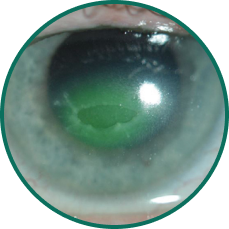
PEDs
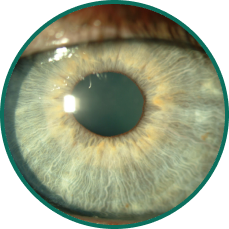
Superficial Punctate Keratitis
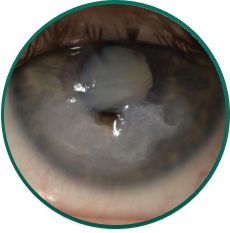
Neurotrophic Keratitis
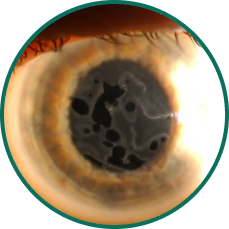
Anterior Basement Membrane Dystrophy
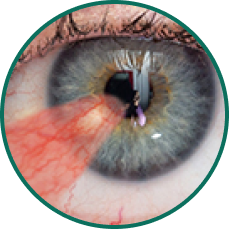
Pterygium
PEDs are corneal epithelial defects that fail to heal within 2 weeks and arise from diverse etiologies1
| Category | Etiologies of PEDs |
|---|---|
| Surgical |
|
| Injury |
|
| Autoimmune |
|
| Allergic |
|
| Other |
|
